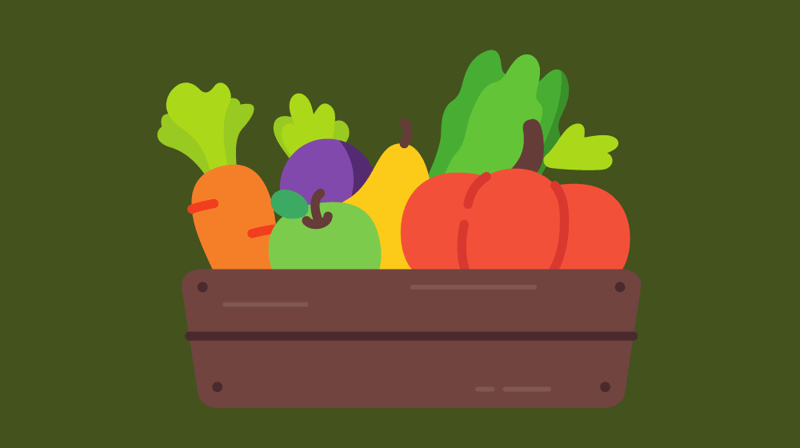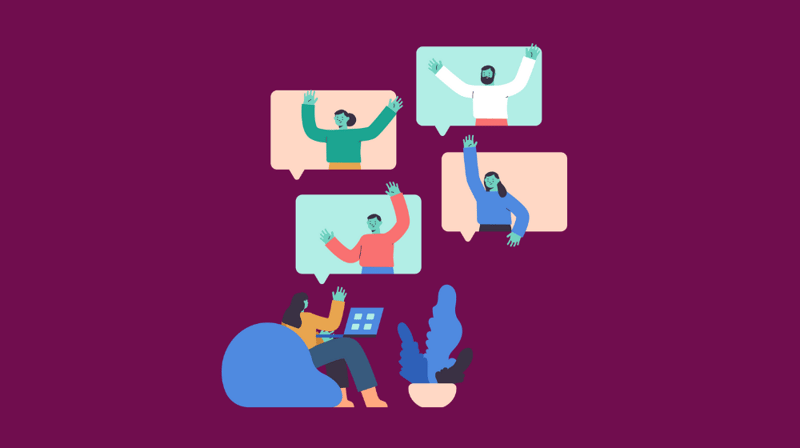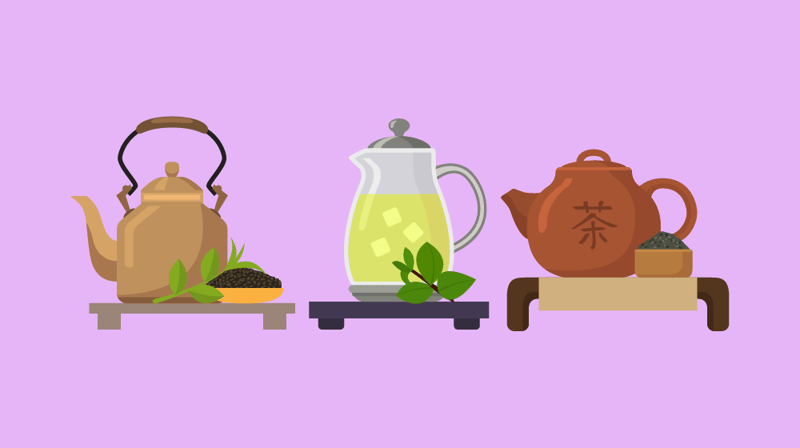With the demand for counseling services remaining high on college campuses, professionals are searching for innovative ways to meet students’ pressing mental health needs.
Emerging research suggests that social media is an effective avenue for educating students on mental health information and resources. This study proposes three main reasons why:
- Social media is the first place that many students will search when trying to find information.
- Content can be presented on social media in a way that’s easier to understand than long-form articles.
- Students enjoy engaging with content by liking, commenting, and sharing it across their networks.
At the Rensselaer Polytechnic Institute (RPI), the Mueller Center, Health Promotion Services, and Student Health Services teamed up to create Mental Health Mondays, a social media campaign that aims to educate students on the eight dimensions of wellness. The goal is to provide an additional resource to students that complement campus counseling services and wellness programs.
You can find the Mental Health Mondays content by searching #RPIMHM on Instagram.
As a graduate intern at RPI, I worked with these departments to improve the campaign’s marketing strategy and design the social media calendar for the semester.
I’ll share with you the lessons I’ve learned about what it takes to run a successful health and wellness-themed social media campaign. Chances are, there are students on your campus who are struggling with mental health concerns, and they could really use this sort of resource.
Gather a Working Group
When designing a social media campaign with the goal of disseminating information, one key ingredient is your working group.
This group serves as the backbone for the initiative by brainstorming ideas, writing drafts, and making sure that there is a steady stream of content throughout the semester.
When I worked at RPI, our Mental Health Mondays team consisted of five professionals. We had a social media expert from the campus activities department and a wellness expert from the campus recreation department, plus three staff from within the health center: a certified health educator, a psychologist, and a social worker.
There are three main benefits of having a group pool their resources together for a project like this:
- When posting information related to health and wellness, you can collaborate with fact-checkers who have professional experiences related to these topics. This will help you avoid later liability issues that could crop up if shared information were found to be inaccurate or misleading.
- A committee with a diversity of professional backgrounds will bring a wealth of ideas and perspectives to the table. In addition to professional staff, feel free to invite students with interests in health, wellness, or social media marketing to join the group.
- As the saying goes, many hands make light work. Drafting weekly social media posts is much easier if you always have multiple people working on the next batch of content.
Health centers may want to increase their outreach efforts but lack the time and expertise to run a social media campaign. So, when they partner with student activities and campus recreation departments, everyone has something to gain.
Outline the program
There are a number of big-picture items that you will need to discuss with the working group in order to set the direction of your campaign.
- Branding: What will you name your campaign? Does this name translate well in a hashtag that students will easily remember?
- Platform: What types of social media platforms will you utilize? #RPIMHM primarily uses Instagram because information can be conveyed through eye-catching graphics with blurbs of text. You can read a comparison of different social media platforms — including their benefits and downsides for marketing purposes — here.
-
- Independent or co-hosted account: Will your campaign have it’ own account or will it live on an existing account? For example, the #RPIMHM campaign was done through posts on the Mueller Center’s Instagram page every Monday. Through this arrangement, the Mueller Center gained followers who were interested in #RPIMHM and also engaged pre-existing account followers who benefited from additional wellness and recreation content.
- Posting frequency: How often will your post-campaign content? Your answer to this question and how many people are in your working group will determine your schedule for drafting and scheduling posts.
Brainstorm Topics
Once the foundation is set, it’ll be time to brainstorm ideas.
#RPIMHM posts were aimed at students, so it was important for the working group to hear directly from their students about the types of content they’d like to see.
Because the group wanted to understand what students felt were the most pressing health and wellness issues on campus, we decided to host focus groups instead of emailing out surveys. Students could already email a member of the workgroup or direct message the Mueller Center Instagram account with topic suggestions, but we wanted to get a deeper sense of how students’ experiences on campus were driving their topic suggestions. We knew that a focus group would provide this best.
Here’s a sample of questions that were helpful during our focus group sessions. Feel free to use them when conducting your own.
- What mental health issues do you think are most prevalent in the campus community?
- If you wanted to learn more about mental health or mental wellbeing, where would you go for more information: websites, social media, on-campus events, or a one-on-one meeting with a knowledgeable professional?
- What are some experiences or challenges that cause you stress while on campus?
- Going into your first year of college, what were you concerned about the most? How did you deal with these concerns?
- What advice would you give first-year students about staying healthy?
- Of the eight wellness dimensions, which would you be most interested in having featured on our social media posts?
Another way to brainstorm ideas is to draw inspiration from awareness dates. Healthline lists multiple awareness days, weeks, and months in this article. For example, did you know that September has a National Suicide Prevention Week, or that March is National Nutrition Month?
You can feature a mix of different content styles. Some posts might share information and resources about a particular health concern, such as the symptoms of depression. Other posts might include tips or a how-to guide about how to incorporate more vegetables into your diet or improve the quality of your sleep.
Create Content
Once your list of potential topics is complete, you’ll be ready to write your content!
You’ll first need to pick which topics make the cut, depending on how often you plan on posting content. This could be done through several rounds of voting.
During the first round, individual group members will volunteer to take on topics that they are knowledgeable about. To fill the remaining content slots, the group can use dot voting to identify which of the remaining topics have the most collective interest, followed by those topics being divided up among group members.
Group members will then draft the content for their topics. If your chosen social media platform is Instagram, the author could write the text for a series of blurbs on a slideshow. If you’d like to produce short informational videos for Snapchat, TikTok, or Instagram, group members could write the scripts.
The next step is having members of the group proofread and fact-check the drafts. They should make sure that research sources are included, in case students would like to investigate that topic further.
Using the drafted blurbs or script, a member of your team should design graphics for the Instagram slideshow or film the informational video. Don’t forget about adding closed captions to videos and alternative text to images. This guide from Hootsuite offers more tips for designing accessible social media content.
These resources can help you optimize your content for your chosen platform:
- Using Canva for Instagram
- The Definitive Graphic Design Guide for Student Affairs Professionals
- How to Use Instagram SlideShow: 10 Creative Ways to Stand Out
- Ultimate Guide to Instagram Video: Stories, IGTV, Live, Posts, & More!
- TikTok is Going To College
- Microlearning Video Made Simple
Get Followers
With all this great content that your group is creating, you’ll want people to know about it!
You can introduce your health and wellness social media campaign to first-year and transfer students during orientation. This is also an opportunity to showcase the campaign to family members so that they can remind students of its resources.
One idea is to distribute handouts during a campus resource fair. The handouts can include some basic info about the campaign, like its hashtag and the social media sites the posts will appear on. You can even put the hashtag on an infographic to visualize how campus resources connect with each of the eight dimensions of wellness.
Some information that could go on such an infographic includes:
- Intellectual wellness: book clubs, elective classes within humanities departments, study abroad programs
- Emotional wellness: the counseling center, annual destress events
- Occupational wellness: the career center, career-focused student orgs
- Environmental wellness: local hiking trails, environmental advocacy clubs
- Financial wellness: the financial aid office, the work-study office
- Spiritual wellness: the interfaith office, guided meditation or yoga sessions
- Physical wellness: the fitness center, the health center, intramural and club sports, the campus nutritionist, eating disorder and substance abuse support groups
- Social wellness: student organizations, community volunteering programs, programs sponsored by the student activities office
Another idea is to set up a table, gather some giveaways, and invite students to spin a prize wheel upon showing proof that they’ve followed your social media account. This could especially work well at the beginning of the semester during an involvement fair.
Additionally, asking other departments and administrators to share your campaign content on their social media can further increase awareness.
Assess the Impact
At the end of each semester, you should assess the impact of your social media campaign.
Some metrics to consider for each platform include:
- Number of likes (total and broken down by post)
- Top 3-5 “liked” or favorited posts
- Number of shares, retweets, or regrams (total and broken down by post)
- Top 3-5 shared posts
- Number of comments (total and broken down by post)
- Top 3-5 commented-on posts
- Number of followers gained and lost each semester
Social media can be a great way to share information with students by utilizing platforms they already visit. With mental health continuing to be a concern among college students, a health and wellness social media campaign should be well worth your efforts.
Have you ever been involved in developing a health and wellness social media campaign? We’d love to hear about it! Connect with us on Twitter @themoderncampus and @JustinTerlisner.





